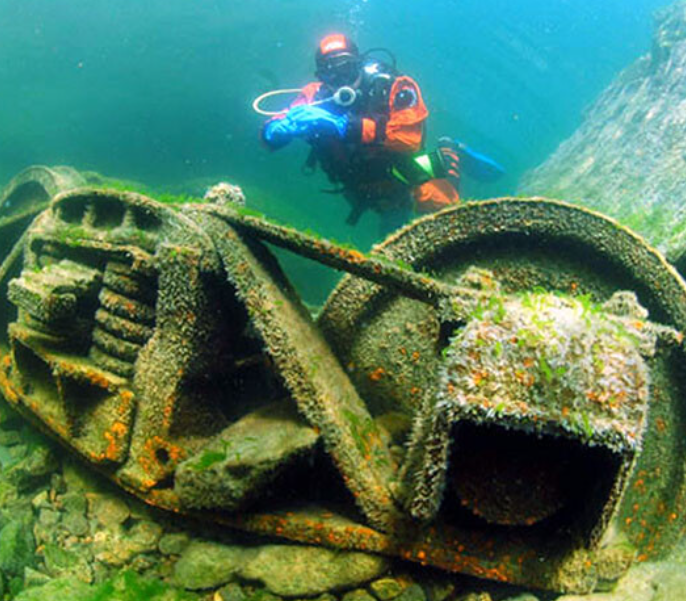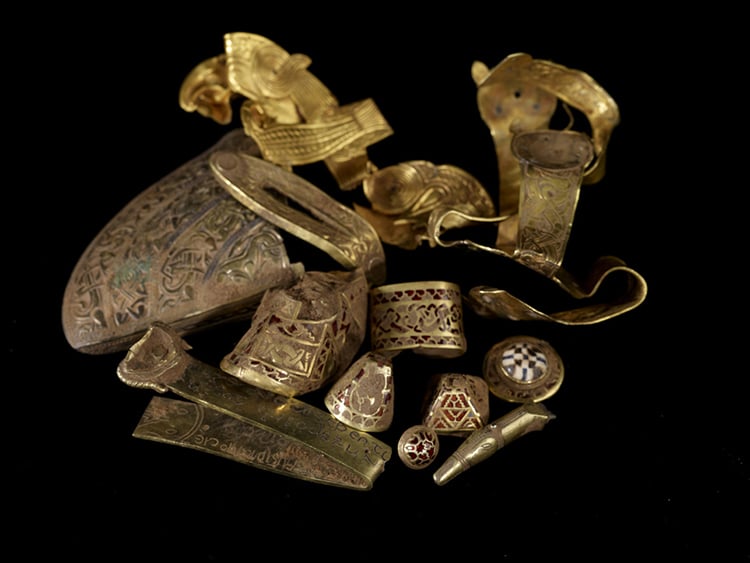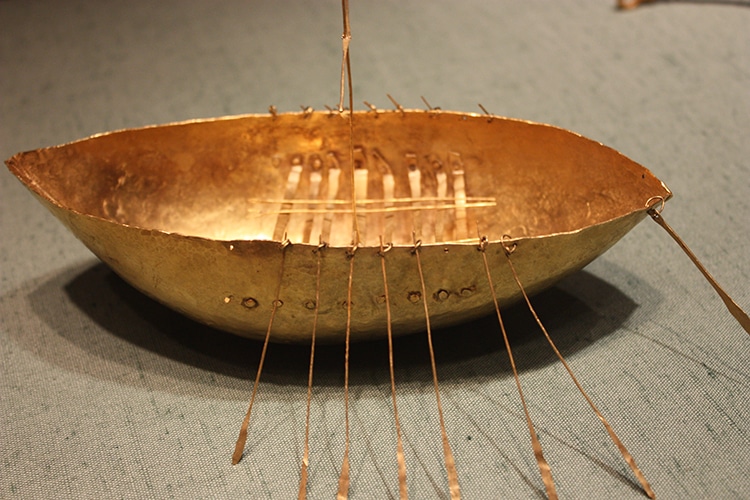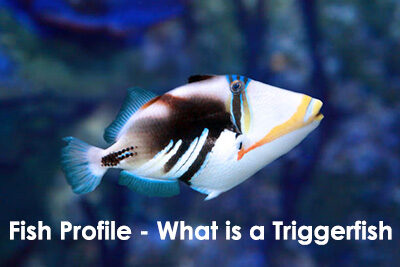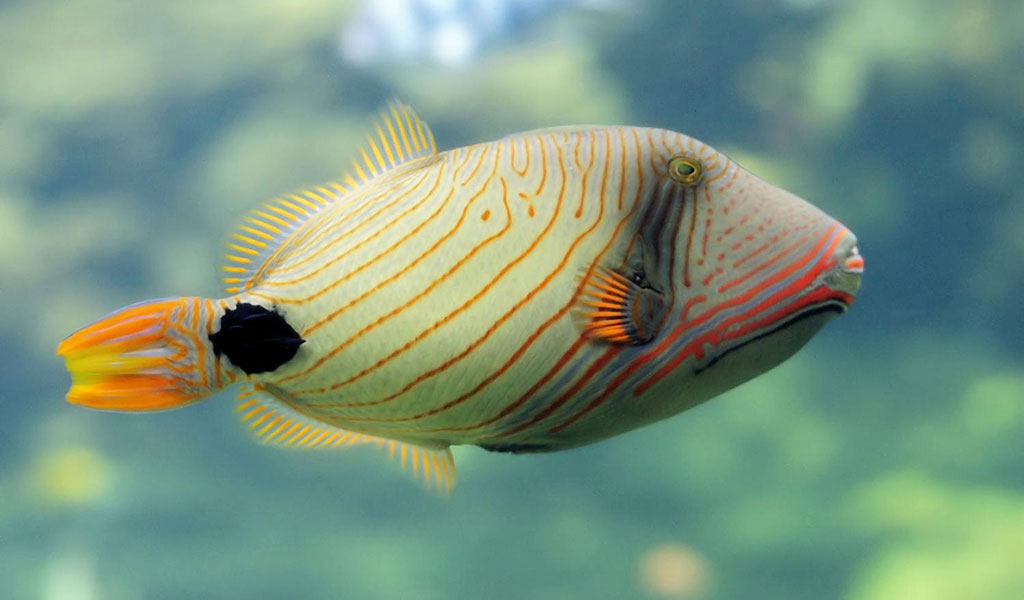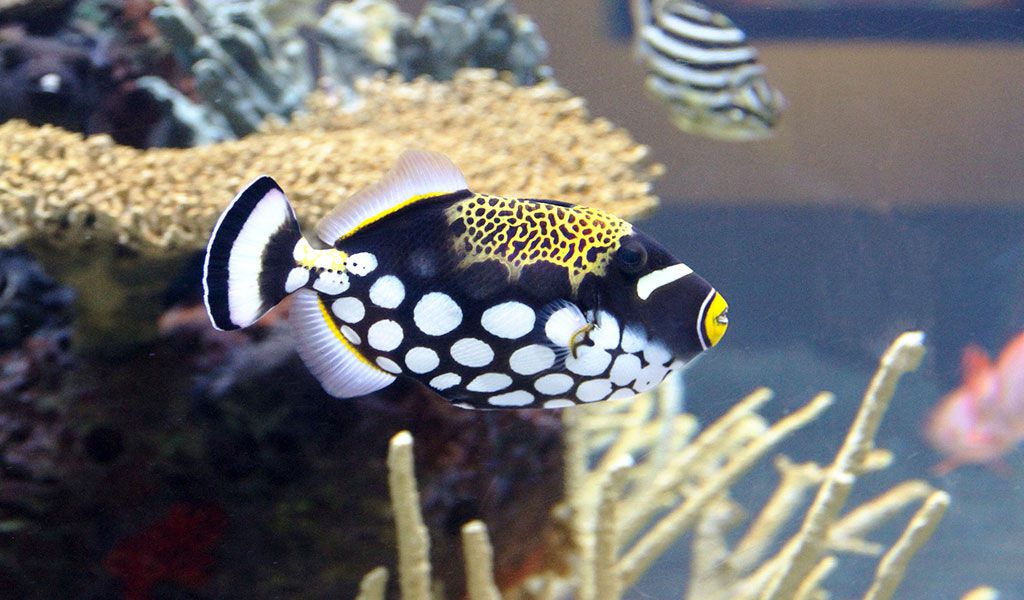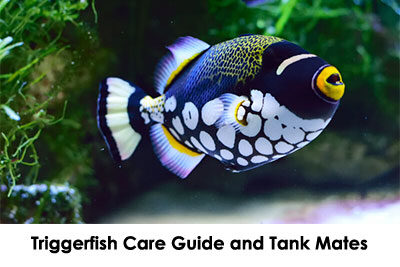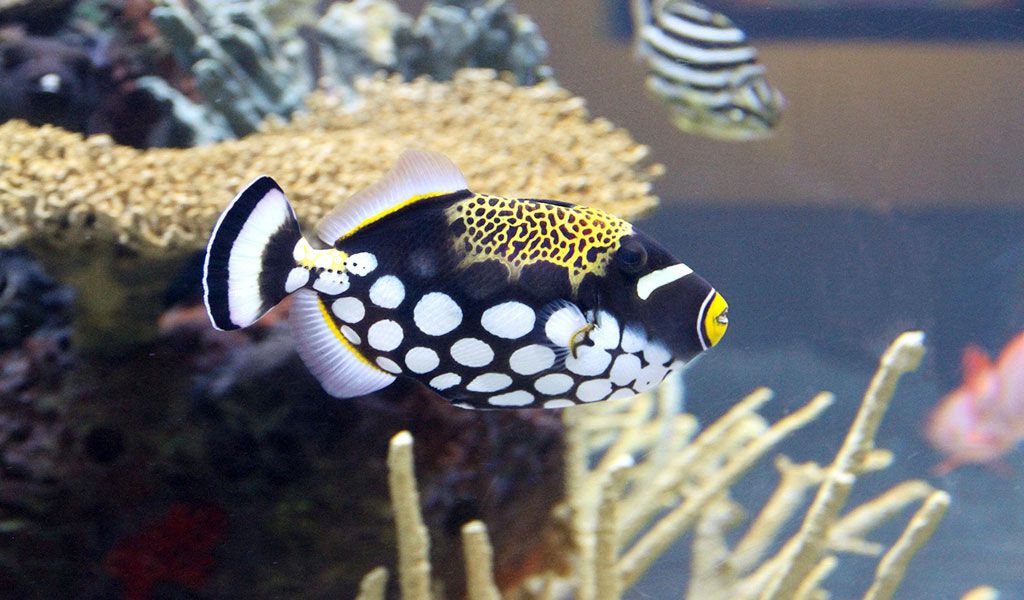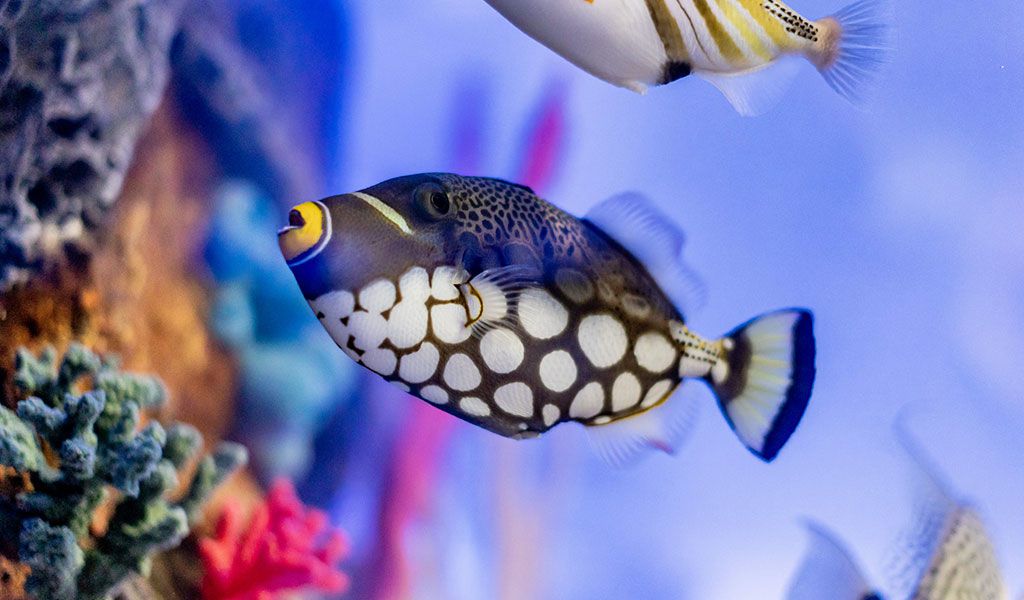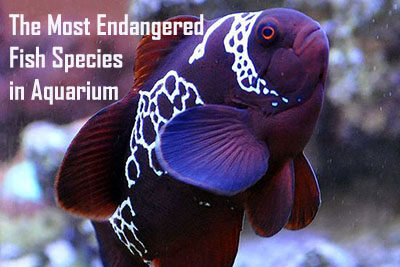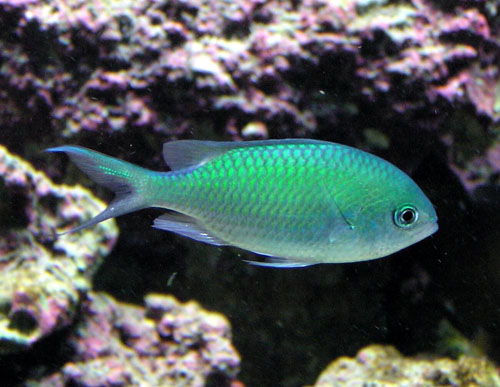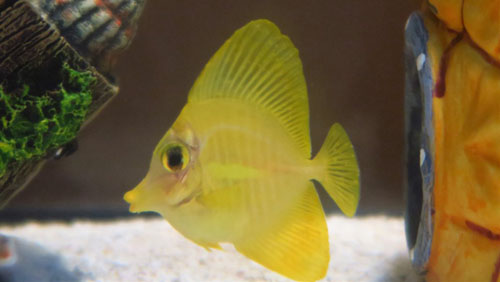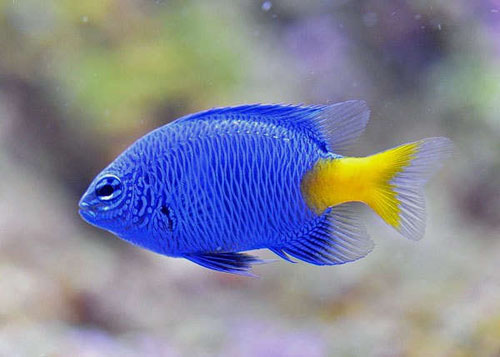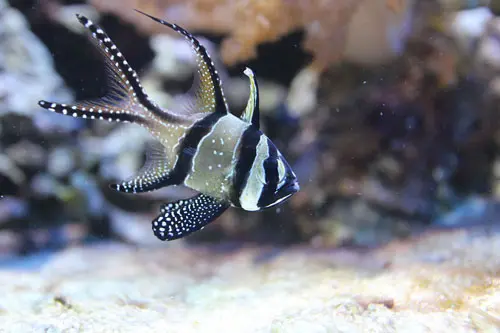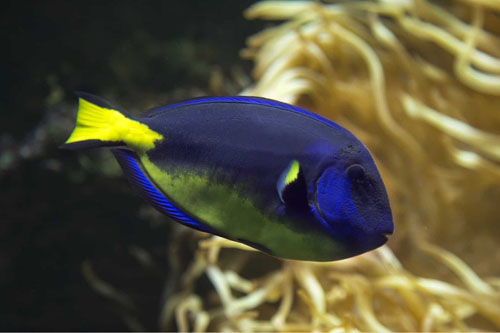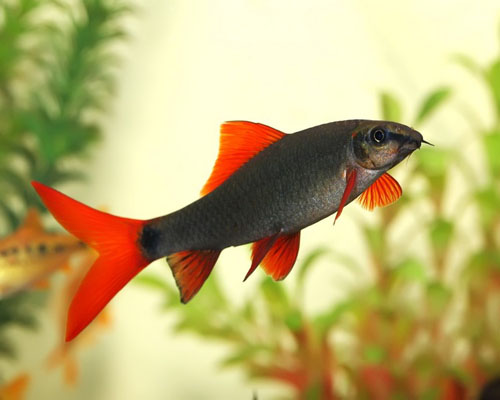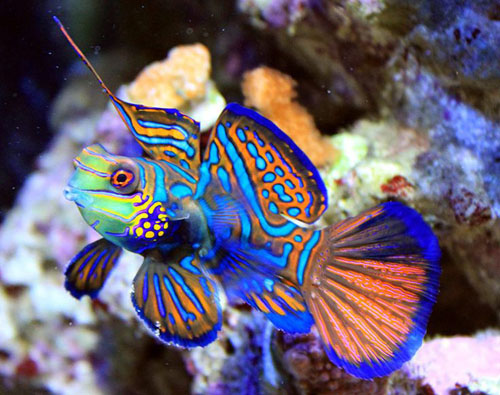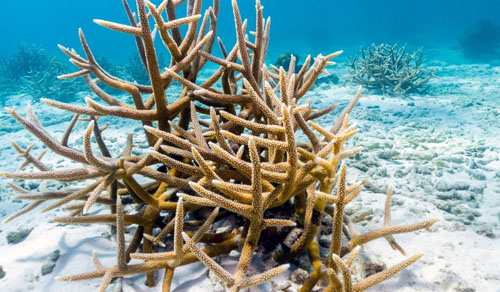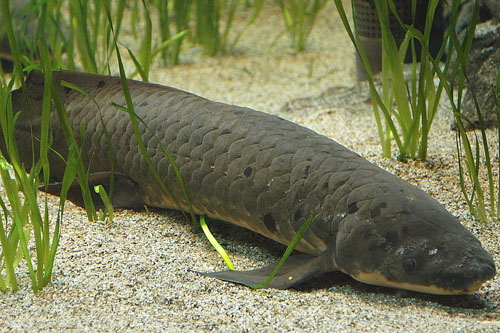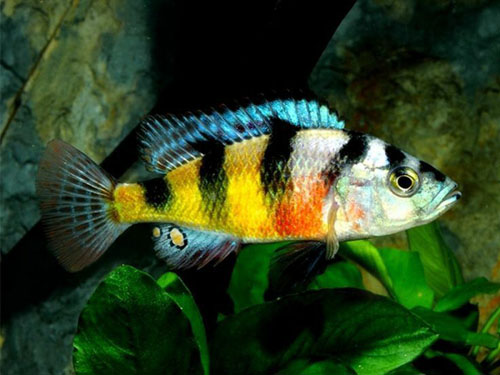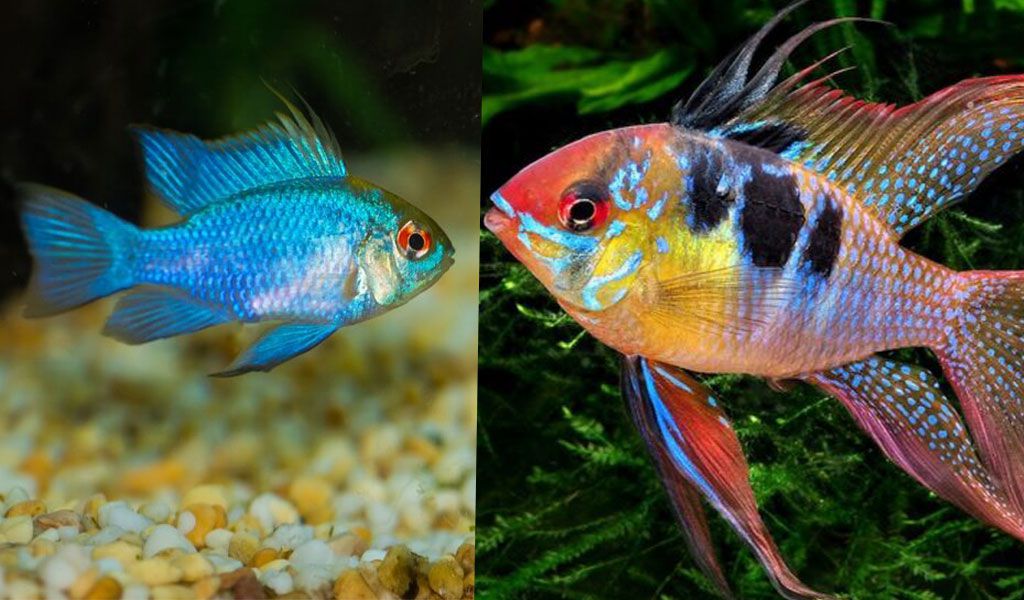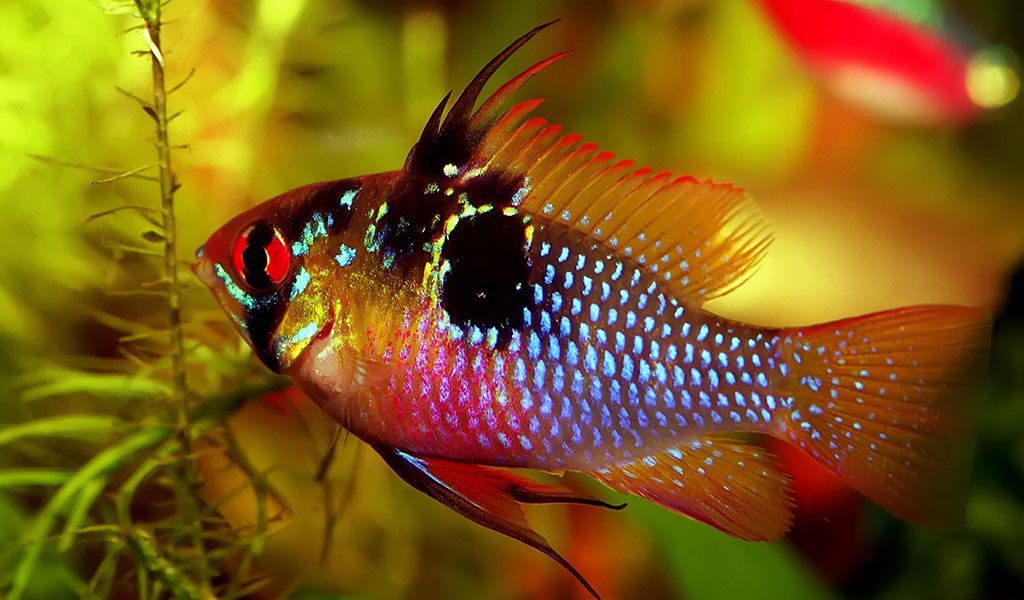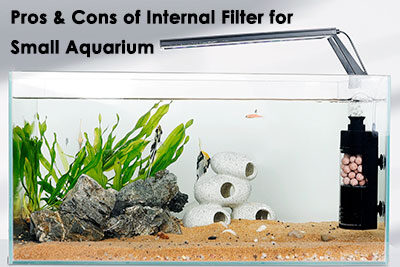An aquarium filter is one piece of aquarium equipment to make sufficient surface agitation. It can be used to remove excess waste and toxic substances, promote the nitrogen cycle, and keep fish healthy. Actually, the internal filter is one type of aquarium filter. Here in this article, we will walk you through the best internal filters for small aquariums, like the pros and cons.
How do I know if the filter is adequate for the tank
To determine if an aquarium filter is adequate for your tank, you should consider the following factors.
Tank size
You should make sure that your filter is suitable for your tank size. The filter should have the capacity to handle the volume of water in your tank effectively. Filter specifications usually indicate the maximum tank size they can handle.
Filtration capacity
The filter should be able to provide sufficient mechanical, chemical, and biological filtration for your tank. Mechanical filtration removes debris and particles from the water, while chemical filtration helps remove impurities and odors. Biological filtration promotes the growth of beneficial bacteria that break down harmful substances like ammonia and nitrites.
Flow rate
The flow rate of the filter is important as it determines how quickly the water is circulated and filtered. It is generally recommended to have a filter that can cycle the entire volume of the tank at least 3–5 times per hour. It ensures efficient filtration and proper oxygenation of the water.
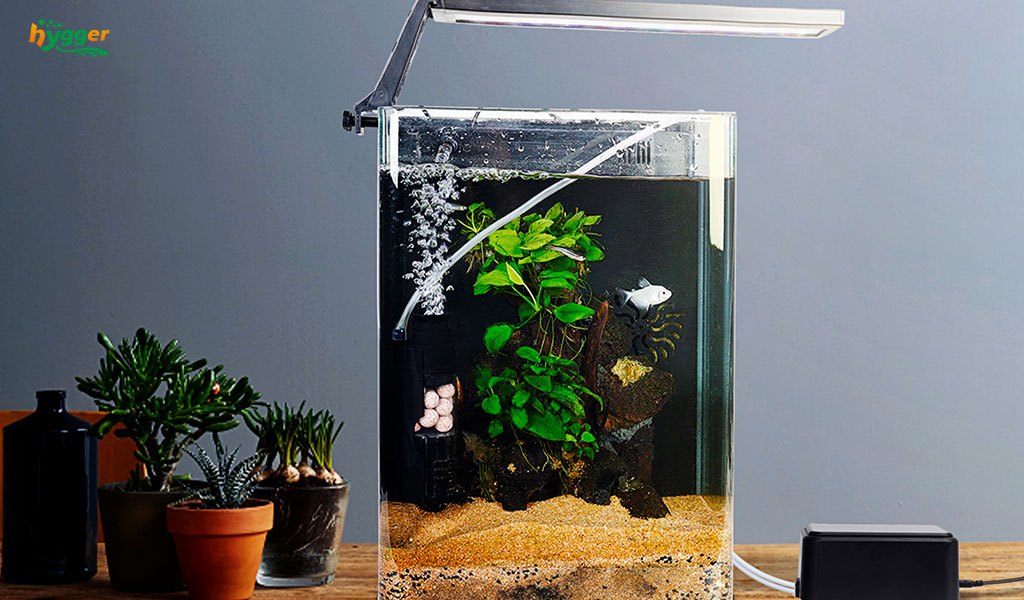
Fish density and tank stocking
Consider the number and type of fish or other inhabitants in your tank. A higher fish density or heavily stocked tank may require a more powerful filter to handle the increased waste production.
Additional filtration
Depending on the specific needs of your tank and its inhabitants, you may consider additional filtration options such as a sponge filter, powerhead, or canister filter. These can complement the main filter and provide extra filtration capacity if necessary.
Water quality
Regularly monitor the water parameters in your tank, including ammonia, nitrite, nitrate levels, and overall water clarity. If you consistently have poor water quality or issues with water parameters, it may indicate that your current filter is not adequately handling the waste load in your tank.
If you find that your current filter is struggling to maintain water quality or is not meeting the needs of your tank, you may need to upgrade to a more efficient or larger filter.
What is the best type of internal filter?
For small tanks, internal filters are a popular choice due to their compact size and ease of installation. In this segment, we will share two suitable internal filters for small tanks.
- Available size: small & large
- Suitable tank size: 1-20 gallon
- 2-stage filtration system
It provides mechanical and biological filtration to help keep the water clear and the tank healthy. The fine sponge catches fish waste and tiny debris while bio balls provide plenty of spacious areas for the colony of beneficial bacteria.
- Air pump-driven filter
It requires at least a 2W air pump & an airline to run with. Actually, it is air-powered and works by attaching airline tubing to the node at the top of the unit and connecting it to any aquarium air pump.
- Design of the filter
The filter is held up by two high-quality sticky cups fitted onto the back, which suction onto the glass. These suction cups are highly effective, holding the filter in place firmly, while still being flexible enough to be easily moved around. The filter media is protected within a plastic casing, you may use it in tanks keeping particularly destructive inhabitants, like Crayfish. The protective box makes this filter nice to look at and ensures that your filter is not the target for any destruction.
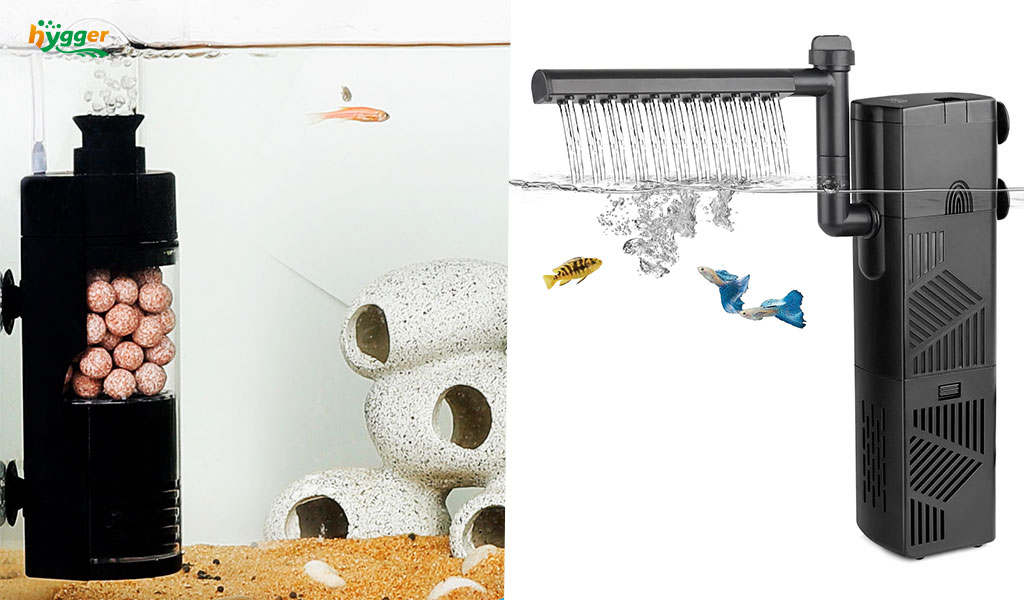
- Available size: 3W /6W /10W
- Flow rate: 60 /120 /160 GPH
- Suitable tank size: 2–30 gallons (20-120L)
- 3-stage filtration system
It delivers mechanical, chemical, and biological aquarium filtration to obtain maximum water clarity. It includes activated carbon sponges and ceramic balls for mechanical filtration, and a coarse media sponge to remove particles, and debris for chemical and biological filtration. The activated carbon removes odors and discoloration from water, and the ceramic Balls, are used to remove toxic ammonia and nitrite in aquariums.
- 3 Modes & Adjustable Flow
In rain shower mode, the adjustable flow knob allows for increased or decreased water flow at will. In aeration mode, rotate the knob on the air inlet to adjust the airflow, and you can even fully adjust the multi-directional output nozzles to create customized water flow. In circulation mode, you can connect a hose to the outlet for water changes.
- Multifunctional filter
Filtration: it provides effective physical and biological filtration, creating a superior aquarium water environment.Circulation: it can create a gentle flow of water, making it safe for delicate fish or shrimp.Wave making: it provides an ocean-like flow for your tank inhabitants to enjoy surfing, making them more energetic.Oxygenation: it can make good water circulation and filter the dirt to keep the tank water clean and shock the water to bring and dissolve oxygen in the water quickly.
Pros of internal filter for a small aquarium
Compact size
Internal filters are designed to be compact and fit inside the aquarium, making them ideal for small tanks with limited space. They don’t require additional space outside the tank like external filters, allowing for efficient use of the available area.
Easy installation
Internal filters are generally easy to install. They often come with suction cups or mounting brackets that can attach to the aquarium glass, making setup quick and hassle-free.
Cost-effective
Internal filters are typically more affordable compared to larger external filters. This makes them a budget-friendly option for small aquariums, especially for beginners or those with limited funds.
Versatility
Internal filters can be used in various tank setups, including freshwater and marine aquariums. They are suitable for different types of fish and aquatic organisms, including small and delicate species, fry, shrimp, etc.
Adjustable flow rate
Many internal filters offer adjustable flow rates, allowing you to control the water movement and adapt it to the specific needs of your aquarium and its inhabitants. This feature is particularly useful for small or delicate fish that prefer calmer water conditions.
Easy maintenance
Internal filters are generally easy to maintain. Cleaning or replacing the filter media is straightforward. The filter is inside the tank, so there is no need to disconnect hoses or deal with external components.
Oxygenation
Internal filters create water movement and surface agitation, promoting oxygen exchange on the water surface. This helps ensure adequate oxygen levels in the aquarium, which is essential for the health of the fish and other inhabitants.
When choosing an internal filter for your small aquarium, consider the specific requirements of your tank, such as the fish species, bioload, and desired filtration capacity. Selecting an appropriate filter will help maintain a clean and healthy aquatic environment for your fish.
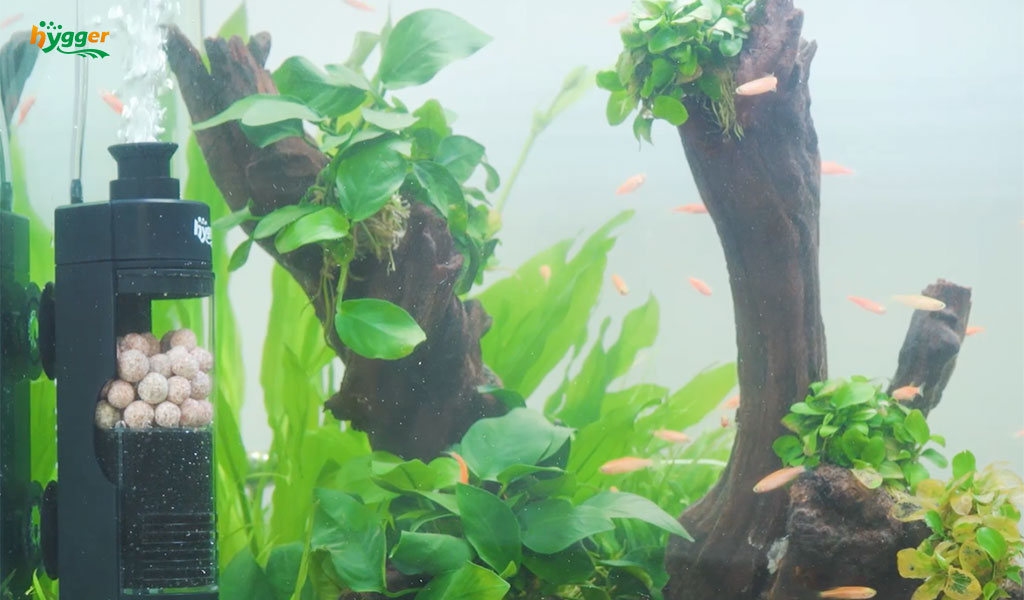
Cons of internal filter for small fish tank
Limited filtration capacity
Due to their compact size, internal filters may have limited filtration capacity compared to larger external filters. This can be a concern in heavily stocked tanks or tanks with high bioloads, where a more robust filtration system may be necessary to maintain optimal water quality.
Reduced space for fish
Internal filters take up space within the aquarium, which can be a concern in small tanks. The presence of the filter may reduce the available swimming and living space for the fish, particularly in tanks with limited dimensions.
Potential flow rate issues
Some internal filters, especially those designed for larger tanks, may have a higher flow rate. Strong water flow can cause stress for small or delicate fish. Hence, it is important to select a filter with adjustable flow or one that provides gentle water movement.
Limited filter media options
Internal filters often have limited space for filter media compared to larger external filters. This can restrict the types and amounts of filter media you can use, potentially limiting your ability to customize the filtration system according to your specific needs.
Regular maintenance and cleaning
Like any filter, internal filters require regular maintenance to ensure their optimal performance. In small tanks, the limited space can make it more challenging to access and clean the filter properly. It may require more frequent cleaning to prevent clogging and maintain efficient filtration.
Noise and vibrations
Some internal filters, especially lower-quality models, may produce more noise and vibrations. This can be a concern in small tanks placed in quiet environments or in areas where noise levels are a consideration.
Despite the cons of internal filters, they remain popular choices for small aquariums due to their versatility, affordability, and ease of use. Just be careful when selecting an internal filter for your tank to mitigate potential drawbacks and ensure a clean and healthy living environment.



